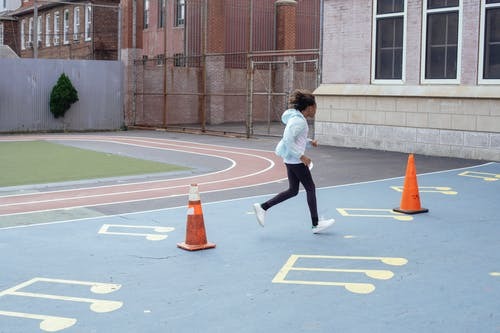
Preliminary experience of an international orthopaedic registry: the ESSKA Paediatric Anterior Cruciate Ligament Initiative (PAMI) registry
28/06/2021
Mouton, C., Moksnes, H., Janssen, R., Fink C., Zaffagnini S., Monllau JC., Ekås G., Engebretsen L., Seil R. Preliminary experience of an international orthopaedic registry: the ESSKA Paediatric Anterior Cruciate Ligament Initiative (PAMI) registry. J EXP ORTOP 8, 45 (2021). https://doi.org/10.1186/s40634-021-00366-7
Abstract
Paediatric and adolescent ACL injuries are an emerging health burden, increasing at a higher rate than in adults. They compromise quality of life, affect knee structure and function, lead to the early development of osteoarthritis and are a serious economic burden due to shortened professional careers and subsequent surgeries. Up to 35% of children and adolescents will experience a second ACL injury and this population particularly at high risk of secondary intraarticular soft tissue degeneration and growth abnormalities. However, there is still a lack of high-quality outcome studies on this specific population and many knowledge gaps persist in the current treatment guidelines. It is currently unknown whether ACL reconstruction in this young population decreases the risk of irreversible secondary intraarticular soft tissue degeneration. Furthermore, it is not known whether return to high or elite level sports after paediatric ACL injury or reconstruction should be recommended. The relatively low number of paediatric ACL injuries seen in each hospital makes it necessary to conduct international multi-centre studies to collect robust data to provide evidence-based guidelines for the treatment of these injuries. The Paediatric Anterior Cruciate Ligament Initiative (PAMI) was thus started by the European Society of Sports Traumatology, Knee Surgery & Arthroscopy and opened for patient inclusion in 2018. This comprehensive overview of the first 2 years of the PAMI registry shows that the project is now well consolidated and accepted by the European orthopaedic community. Future challenges include ensuring additional external funding to ascertain long term sustainability and continuous dissemination of the knowledge acquired in scientific journals.
